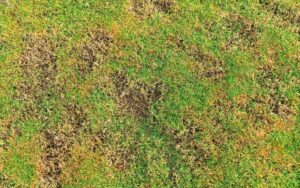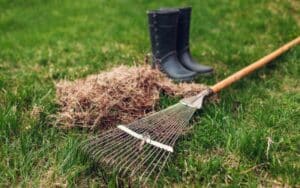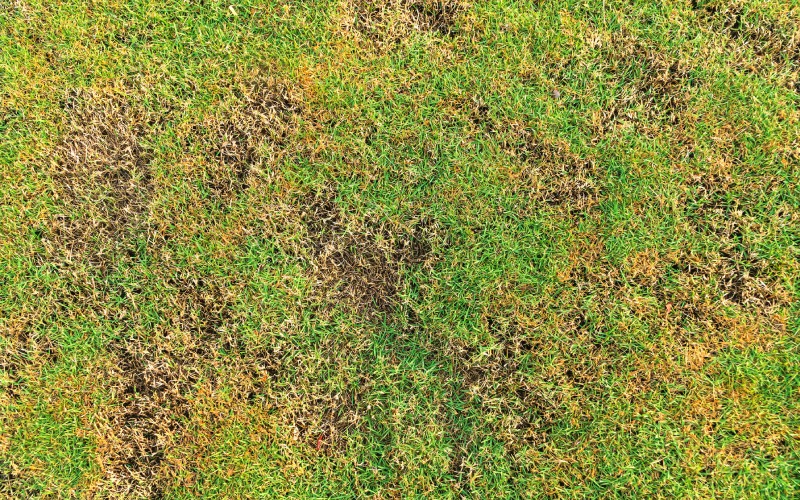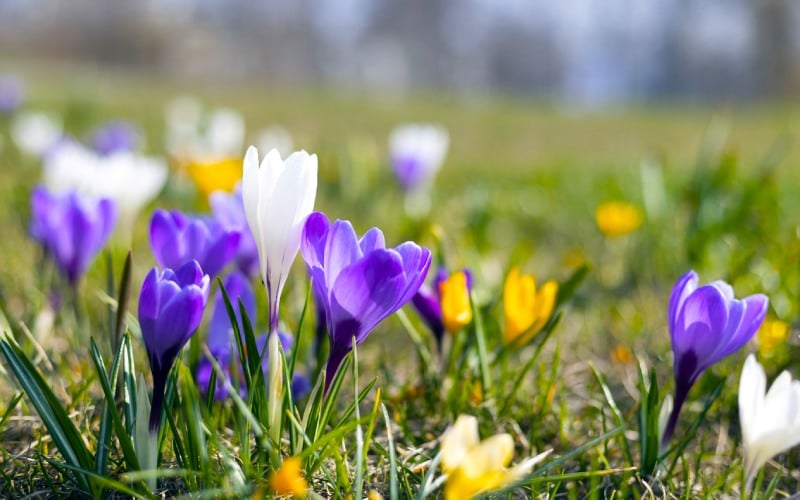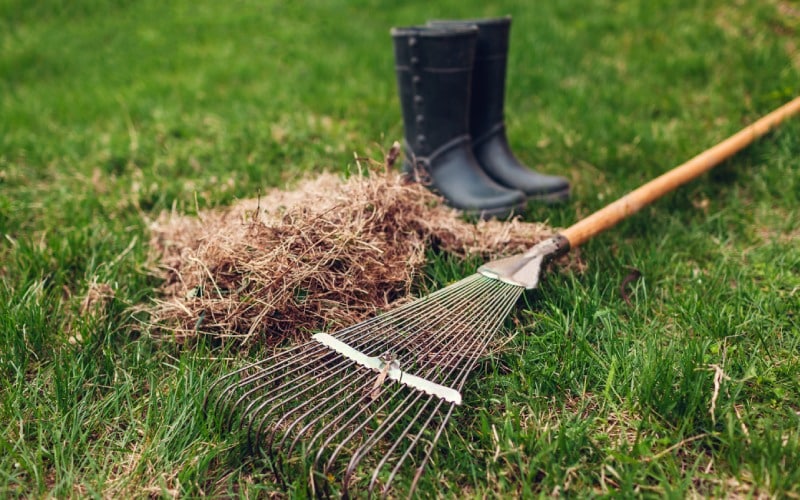In the realm of landscape drainage options, the choice between French drains and trench drains can be puzzling. While both serve essential roles in guiding water away, understanding their distinct mechanics and applications is key. By decoding these options, we not only demystify what lies beneath our landscapes but also empower ourselves to make informed decisions, ensuring our grounds remain both pristine and protected.
Understanding Drainage: Why Is It Crucial for Landscapes?
Every garden aficionado knows that proper drainage is the backbone of a thriving landscape. Drainage systems, whether a French drain or a traditional trench, ensure that excess water doesn’t pool on the surface, causing damage to plants, structures, and even the foundation of homes.
What is a French Drain and How Does It Differ from Traditional Drains?
Coined after Henry Flagg French, the French drain isn’t as European as it sounds. It’s essentially a trench filled with gravel or rock containing a perforated pipe. This drain diverts groundwater away from specific areas, such as the foundation wall. The beauty of a French drain lies in its simplicity: water seeps into the trench, enters the perforated pipe, and is directed away from problematic areas.
Trench Drains vs French Drains: Which is Right for You?
While both systems tackle drainage, their design and purposes differ. A trench drain, often found in urban areas, is a specific type of drain characterized by a visible grate. This grate sits atop the trench, collecting surface water and redirecting it to a storm sewer. It’s often seen on streets, around pool areas, or driveways, acting as a conduit for rainwater and preventing flooding.
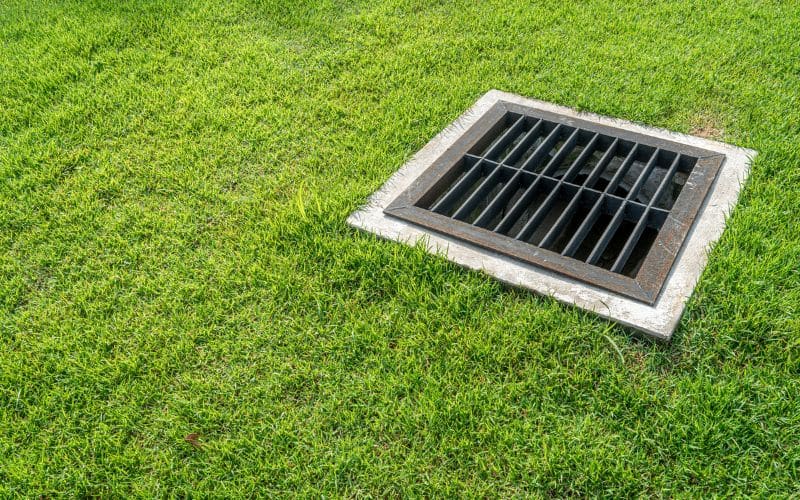
The Anatomy of a Drainage System: Surface vs. Subsurface Drainage Explained
In essence, a French drain is a subsurface drainage system that collects and redirects groundwater, whereas trench drains deal primarily with surface water. The French drain system focuses on preventing water buildup around the basement floor or foundation wall, while trench drains handle water runoff on surfaces.
How Do Trench Drain Systems Channel Water?
The strategically placed grate on a trench drain acts as a swift conduit for surface water, guiding it into the trench with ease. In contrast to the French drain’s perforated pipe, trench drains often have the capability to link directly to storm sewers. This design optimizes the swift dispersal of water, especially after intense downpours, ensuring areas remain flood-resistant.
Why Opt for a French Drain System in Your Landscape?
Installation of a French drain can be a boon for landscapes where groundwater is a persistent issue. It protects foundation walls, prevents basement flooding, and ensures that gardens aren’t waterlogged. The proper slope is essential when installing a French drain to ensure water is led away effectively.
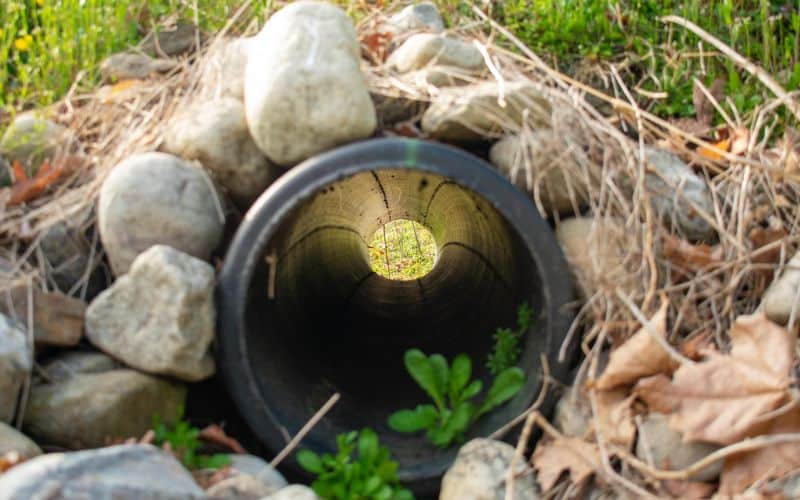
Swale vs. French Drain: What’s the Real Difference?
Swales, often integrated into landscape designs, are shallow ditches that direct water away from properties. Unlike French drains that remain hidden beneath the surface, swales can be seen on the landscape, often filled with vegetation to enhance aesthetics and functionality.
How Do Drains Work to Protect Your Property?
Whether it’s a trench, French drain, or even a swale, drains serve to redirect excess water. By doing so, they prevent clogs, flooding, and potential damage to the foundation. Groundwater and rainwater, if not managed, can seep into foundations, leading to expensive repairs.
The Basics of Installing a French Drain: Steps and Considerations
To install a French drain, one must first dig a trench, ensuring it has the proper slope. Then, a perforated pipe, often covered in fabric to prevent clogs, is laid in the trench. The trench is filled with gravel, allowing water to easily seep in and flow through the pipe.
Subsurface Drainage: Going Beneath the Surface for Effective Water Control
Subsurface drainage solutions, exemplified by the French drain, are meticulously designed to address water accumulation beneath the terrain. By adeptly intercepting this groundwater, they thwart the potential risks of pooling, ensuring structural integrity and safeguarding properties from water-related damage.
Drains vs. Natural Landscape Features: Balancing Aesthetics and Functionality
While drains, such as the trench and French drain, are immensely practical, some homeowners opt for natural landscape solutions like swales. These not only handle excess water but can be planted with vegetation, integrating them seamlessly into garden designs.
Whether it’s the subtle charm of a French drain, the robust functionality of a trench drain, or the natural beauty of a swale, understanding the type of drain suitable for your needs is crucial. With climate changes and erratic rainfall, efficient drainage systems are no longer a luxury but a necessity. So, the next time you find yourself in a puddle of indecision, remember Henry Flagg French’s wisdom and the importance of guiding water away, ensuring that your property remains both beautiful and damage-free.
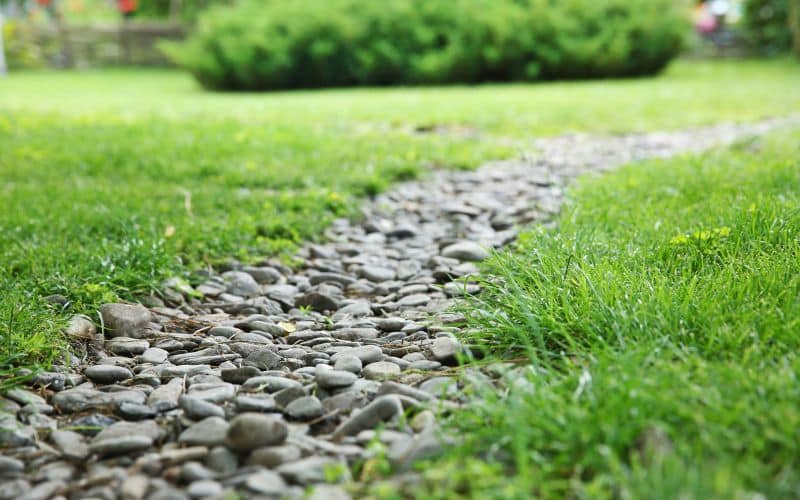
Remember, efficient drainage systems are crucial in the face of changing climates and unpredictable rainfall patterns. Whether opting for the French drain’s subtlety, the trench drain’s functionality, or the swale’s natural charm, the right drainage solution protects and enhances properties.







